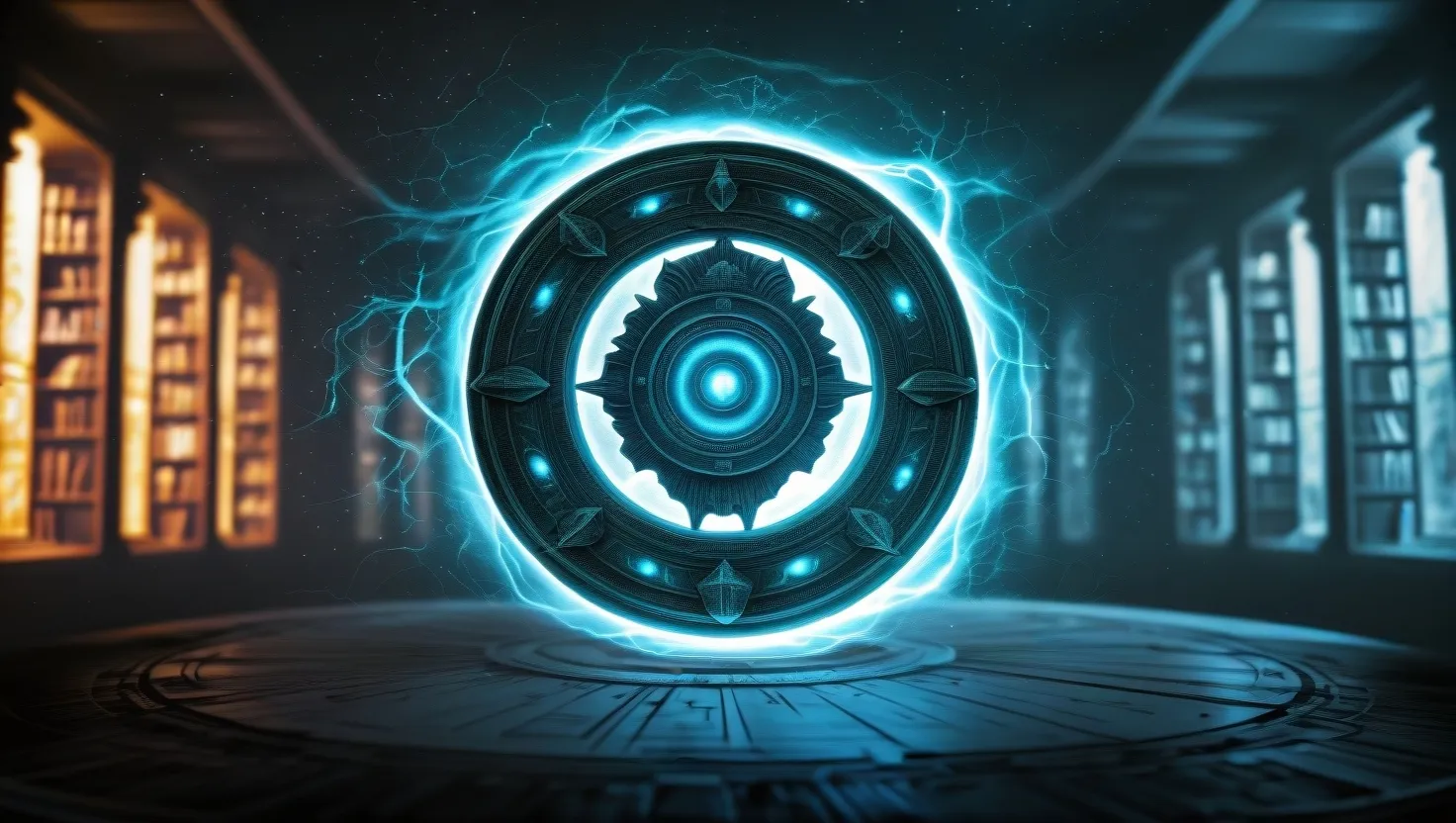I want you to imagine standing by the shore, feeling the breeze, and suddenly the air shudders with a sound so deep and sharp, it seems to press against your bones. There’s no lightning flash or rolling thunder, just a sudden, thunderous boom—strange and out of place. Skyquakes, as these mysterious detonations are called, have been described by generations as everything from cannon fire in the clouds to the roar of a distant explosion. If you’ve never heard one, you might wonder how such a noise can exist without any visible source, and what it means for our understanding of the natural world.
Why do these skyquakes matter? Because they challenge us, both scientifically and philosophically. If the planet can generate such powerful, attention-stealing sounds with no warning and no obvious trigger, what else might lie hidden in the patterns of wind, water, and stone that shape our environment every day? When I first started looking into these booming mysteries, I expected to find a neat list of possible causes: the obvious suspects—military tests, meteorites, maybe a rogue thunderstorm. Instead, I found a long, tangled history of explanations that never quite fit the facts.
Skyquakes have been recorded for centuries, long before the age of jets and missile tests. Coastal communities in North Carolina have local names for these sounds. The Dutch call them “mistpouffers.” The Ganges Delta, Japan’s inland regions, the shores of the North Sea—reports come from everywhere. Some stories are ancient, woven into local folklore, suggesting people have always had to accept the thunder without the storm. Why do these stories persist? Is it only because the scientific explanations have always been just out of reach, or is there something about these sounds that resonates with a deeper sense of mystery in us all?
What’s remarkable is how local these sounds can feel. People often describe a skyquake as if it’s happening right above their heads or just down the street—but then, nothing out of the ordinary is ever found. No crater, no broken trees, often not even a whisper of disturbance in the local wildlife. How can so much energy pass through the air and ground, rattle homes, and shake the nerves of everyone who hears it, and yet leave no trace?
This paradox has provoked scientists for generations. Geologists have checked for seismic activity, hoping to link these booms to mini-earthquakes or landslides. Yet skyquakes often occur over stable ground and even above the sea, where earthquakes and gas pockets are rare. Oceanographers have tried to connect the dots to underwater phenomena—maybe the collapse of a submarine cave, or the rupture of a deep gas bubble. But the booms also happen over landlocked regions with no plausible geological culprit.
Could it be something in the air? There’s a world of difference between the soft, planet-wide hum of microbaroms—the low-frequency rumble made by ocean waves colliding far offshore—and the sharp, localized crack of a skyquake. The microbaroms are always there, mostly unnoticed, but skyquakes demand your attention. They don’t sneak by; they announce themselves with force.
Some researchers have tracked infrasound waves—those low, rumbling frequencies that travel great distances undetected by our ears but measurable by sensitive instruments. If these booms are created by turbulence in the upper atmosphere or sudden bursts of energy from electromagnetic storms, surely we would spot a pattern by now. Yet the evidence remains patchy, and the mysteries persist.
Is it possible that the answer sits not in the grandeur of planetary forces, but in the unlikely convergence of smaller ones? For example, what if a rare combination of atmospheric layers, humidity, and wind direction turns a mundane sound—like a distant explosion, a collapsing ice shelf, or even a concentrated lightning strike—into a localized blast heard miles away as a skyquake? These ideas are tempting but still don’t line up with the sharp borders of reported incidents, where neighbors just a town over hear nothing at all.
Let me ask: If a skyquake booms in your area, would you trust what you heard, or would you look for evidence to prove it happened at all? The psychological component of skyquake experiences is significant. When people recount their stories, they almost always wonder if others heard it too. False memories, the power of suggestion—could these play a bigger role than we realize? Or is there a natural filter in our hearing, something that makes only some people notice the sound, depending on where they are or what they’re doing?
Consider this statement from Arthur C. Clarke:
“Any sufficiently advanced technology is indistinguishable from magic.”
Are skyquakes the result of natural “technology” beyond our current understanding—interactions between earth, sea, and sky that we have yet to predict, much less explain?
Now, think of the data itself. Modern acoustic networks, bristling with sensitive microphones and pressure sensors, sometimes catch the shudder of a skyquake and can even estimate the energy released. But they rarely help pinpoint the source. If the cause were as straightforward as a sonic boom or a meteor exploding overhead, the evidence would be clear. Yet flight logs and satellite sensors almost always come up empty.
One unconventional idea considers electromagnetic disturbances in the ionosphere—moments when charged particles racing through space brush against our planet’s protective shell, releasing energy in unpredictable ways. There is some support for this, but it doesn’t explain why the booms are so sharp, so local, and so often happen on otherwise peaceful days.
Here’s a question I keep coming back to: Why do skyquakes cluster in certain regions, and why do those clusters sometimes shift over decades or centuries? Could there be a connection to shifting underwater geography, or seasonal changes in atmospheric structure that we rarely measure? Or could microclimates—those subtle, highly localized differences in air pressure and temperature—serve as amplifiers for sounds generated far away?
If you want even stranger possibilities, folklore offers its own answers: spirits drumming in the clouds, gods at war, omens before great change. But I can’t help noticing a pattern—whenever science stalls, cultural stories step in to offer meaning, comfort, or at least a sense of order. Is that all we’re doing now—waiting for the next scientific breakthrough to catch up with what our ancestors already tried to explain in myth?
Mark Twain once said,
“Truth is stranger than fiction, but it is because fiction is obliged to stick to possibilities; truth isn’t.”
Skyquakes seem to exist at the crossroads of what’s possible and what’s not yet understood. They remind me that, no matter how much we know about the mechanics of earthquakes and storms, the planet can still surprise us with events that have no easy explanation.
Here’s the oddest insight I’ve come across: Some acoustic scientists now speculate that the landscape itself—hills, valleys, even certain types of rock—may shape and reflect sound waves in ways we’re only starting to appreciate. In that view, a skyquake might not be a single sound, but the focused result of dozens of small noises merging and amplifying at just the right moment, like a natural concert hall effect on a global scale. Wouldn’t that reframe the whole idea of what it means for a “boom” to have no obvious source?
But I’ll leave you with a final question: Is it possible that skyquakes are a symptom of something deeper—an interaction between Earth’s many systems that we simply haven’t learned to read, let alone predict? Or are they, as some skeptics argue, simply rare coincidences, made memorable by the shock of the unexpected and the human drive to explain the unexplainable?
Skyquakes, to me, are more than just a puzzle for scientists—they’re a humbling reminder that our planet has a voice all its own, capable of speaking in ways we’re not yet able to decipher. If you ever find yourself standing in the aftermath of one of these booms, wondering what just happened, remember this: you’re participating in a mystery that spans continents and centuries—a sound heard by few, explained by none, and still waiting for its story to be fully told.






